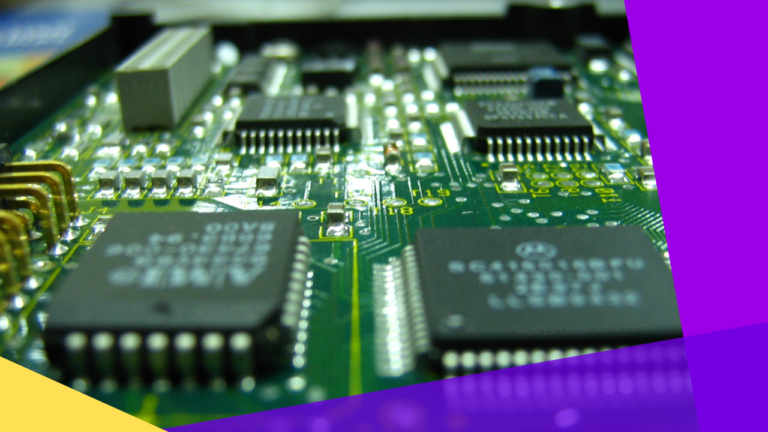Software Catalyst
Product Enhancement MVP Development
Product Enhancement MVPs allow businesses to test new features or improvements on existing products to ensure they align with customer needs and drive user engagement.
80%
According to a 2021 report by Pendo, 80% of features in software products are rarely or never used by customers, underlining the need for targeted product enhancement to improve customer satisfaction and optimize resources (Pendo).
On this page:
Overview
Product Enhancement MVPs are focused, minimal versions of product updates or feature enhancements designed to test their value before committing to a full rollout. Instead of overhauling an entire product, you introduce key improvements and validate them through customer feedback.
When companies roll out new features or updates without customer validation, they risk spending time and resources on enhancements that don’t add value. A Product Enhancement MVP helps you test whether your updates meet user expectations and solve existing pain points.
- Wasted resources on building features that customers don’t want or use
- Decreased user satisfaction due to unnecessary or overly complex updates
- Loss of market share to competitors who better understand user needs
- Delayed product launch cycles due to reworking unnecessary features
Key Benefits
Product Enhancement MVPs allow you to focus on the most impactful features for users, eliminating unnecessary developments.
By testing only essential updates, you save resources and avoid investing in features that don’t enhance user experience.
Testing enhancements directly with users ensures that your updates meet real customer needs, leading to greater satisfaction and retention.
Testing the market early reduces the risk of launching a product that fails due to misaligned market needs.
Use real user feedback and data to inform future enhancements and improvements, leading to more effective product iterations.
Companies that continually improve their products based on customer feedback stay ahead of the competition, ensuring their product remains relevant and valuable.
Our Model
Gideons Catalyst follows a structured approach to building Product Enhancement MVPs:
We begin by discussing your existing product and identifying potential areas for improvement based on user feedback and market trends.
We gather insights from your current user base to identify the most requested or necessary enhancements for your product.
Together, we prioritize the key features or updates that will be included in your Product Enhancement MVP, ensuring they align with your business goals and user needs.
Our team creates a minimal version of your enhancement, focusing on the most critical features to test with your users.
We launch the MVP to a select group of users, collecting feedback, performance data, and insights on the success of the enhancements.
Based on the feedback, we refine and improve the MVP or proceed with a full product rollout if the enhancements meet user expectations.
Myths
Enhancement MVPs are about improving user experience and adding value through new features, not just fixing issues. (Product Coalition)
A failed enhancement MVP provides valuable insights for iteration and improvement without jeopardizing the entire product. (Lean Startup)
Even small enhancements, such as UI improvements, can benefit from MVP testing. (Pendo)
Engaged users often provide detailed feedback that can significantly improve product enhancements. (Gartner)
MVPs are equally effective for testing enhancements on existing products to ensure their value before full-scale development. (Harvard Business Review)
The point of an MVP is to test the most critical enhancement, not to overload it with unnecessary features. (Forbes)
MVPs are about testing assumptions and gathering feedback, not delivering a perfect product from the start. (TechCrunch)
Many companies find that even small, user-requested enhancements lead to significantly higher retention rates. (Product School)
A focused MVP can be developed and tested in just a few weeks, allowing for rapid iteration. (Fast Company)
Users are more likely to stay loyal if they see companies actively improving the product based on their feedback, even if some enhancements don’t succeed. (Gartner)
FAQs
Product Enhancement MVPs focus on testing updates or new features to an existing product, whereas traditional MVPs validate entirely new product ideas.
Depending on the complexity of the enhancements, the process typically takes 4 to 8 weeks.
Costs can vary but are generally lower than building a full product overhaul, often around 20-30% of a full-scale product enhancement.
We work with you to prioritize features based on user feedback, business goals, and market trends.
If users don’t respond well to the MVP, we gather feedback to understand why and iterate on the enhancement.
While it’s possible, we recommend focusing on one major enhancement at a time to ensure clear feedback and results.
Feedback is gathered through analytics tools, user surveys, and direct interactions with beta testers.
Any business looking to improve an existing product can benefit, regardless of industry or size.
Absolutely, MVPs can be used to test backend or internal system updates as well as customer-facing features.
Success is measured through user engagement metrics, satisfaction surveys, and the overall performance of the enhancement in real-world use.
Resources
A curated list of essential resources providing insights, guidelines, analytics & trends for Product Enhancement MVP Development.


